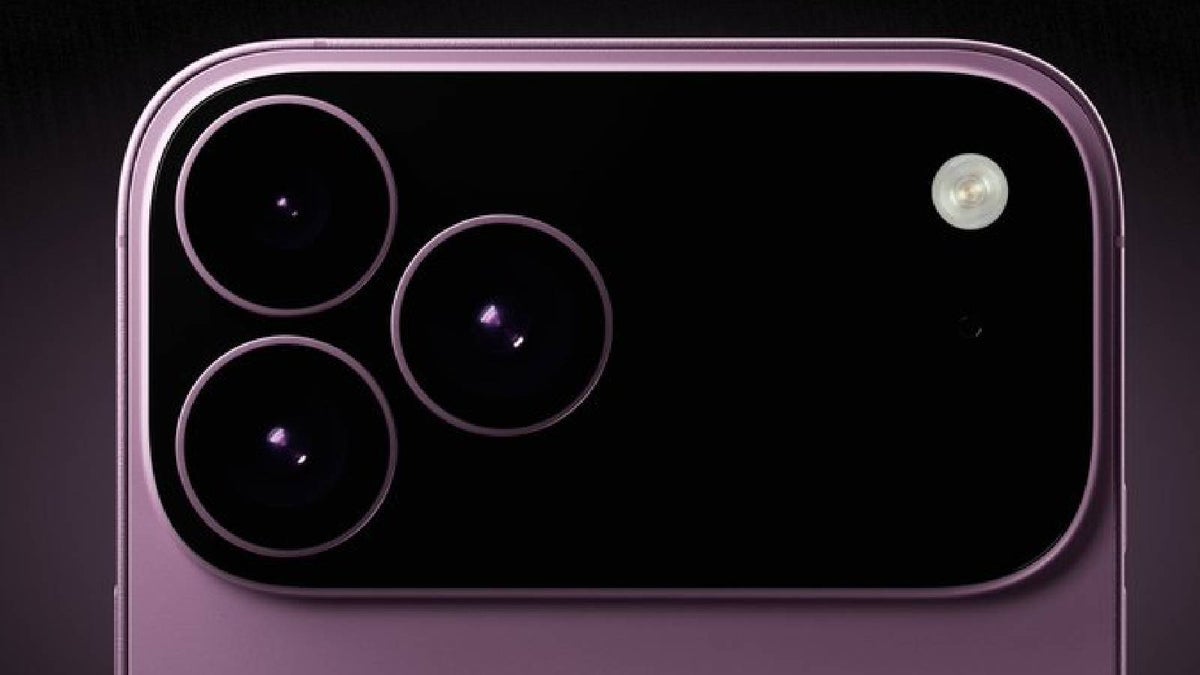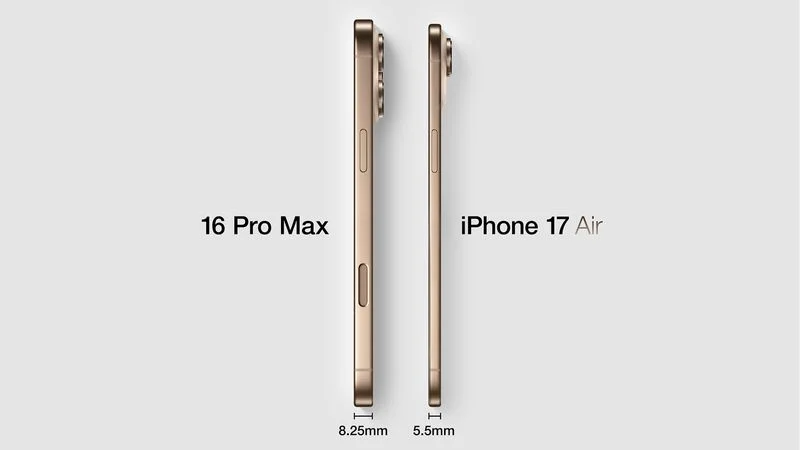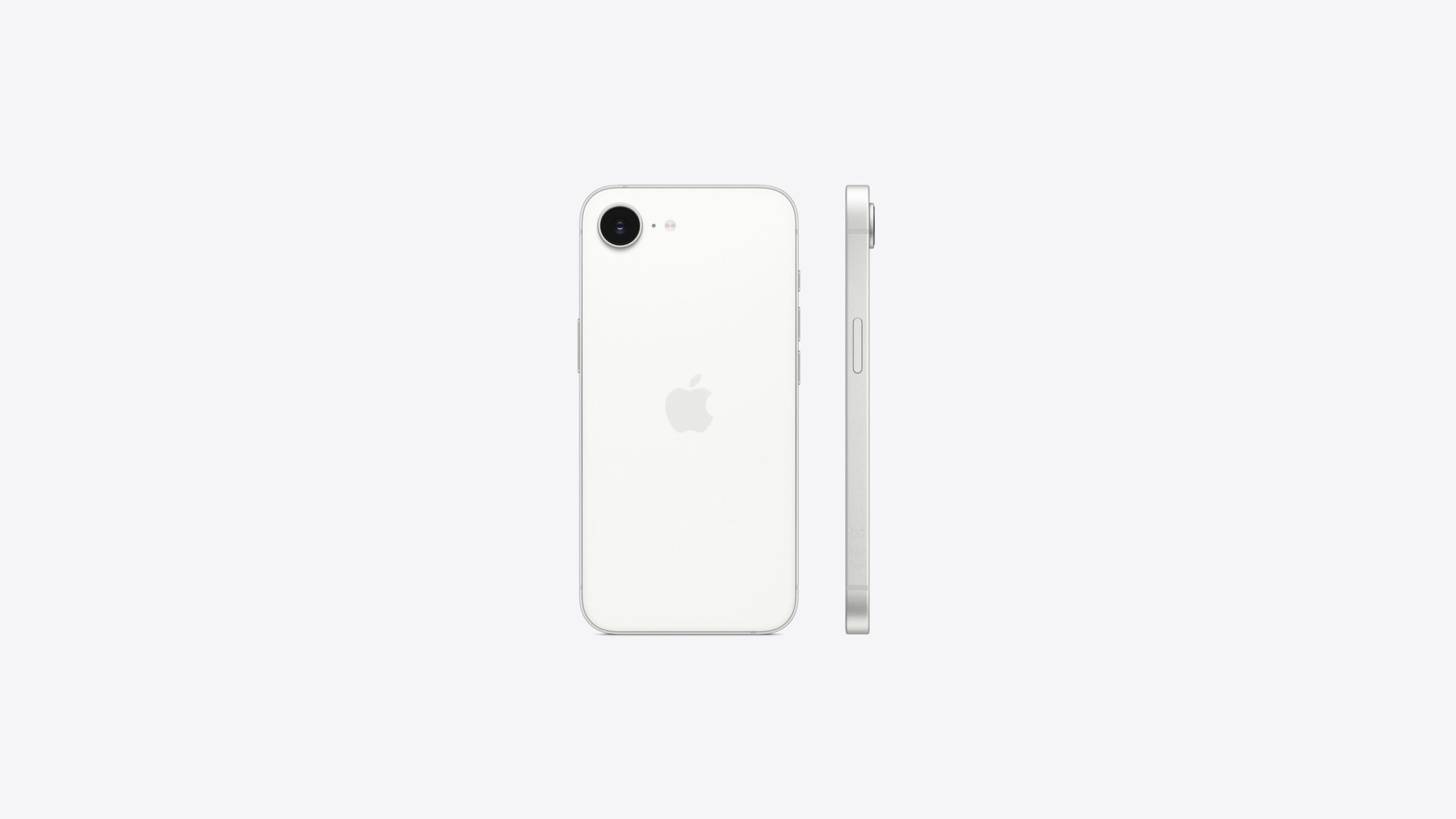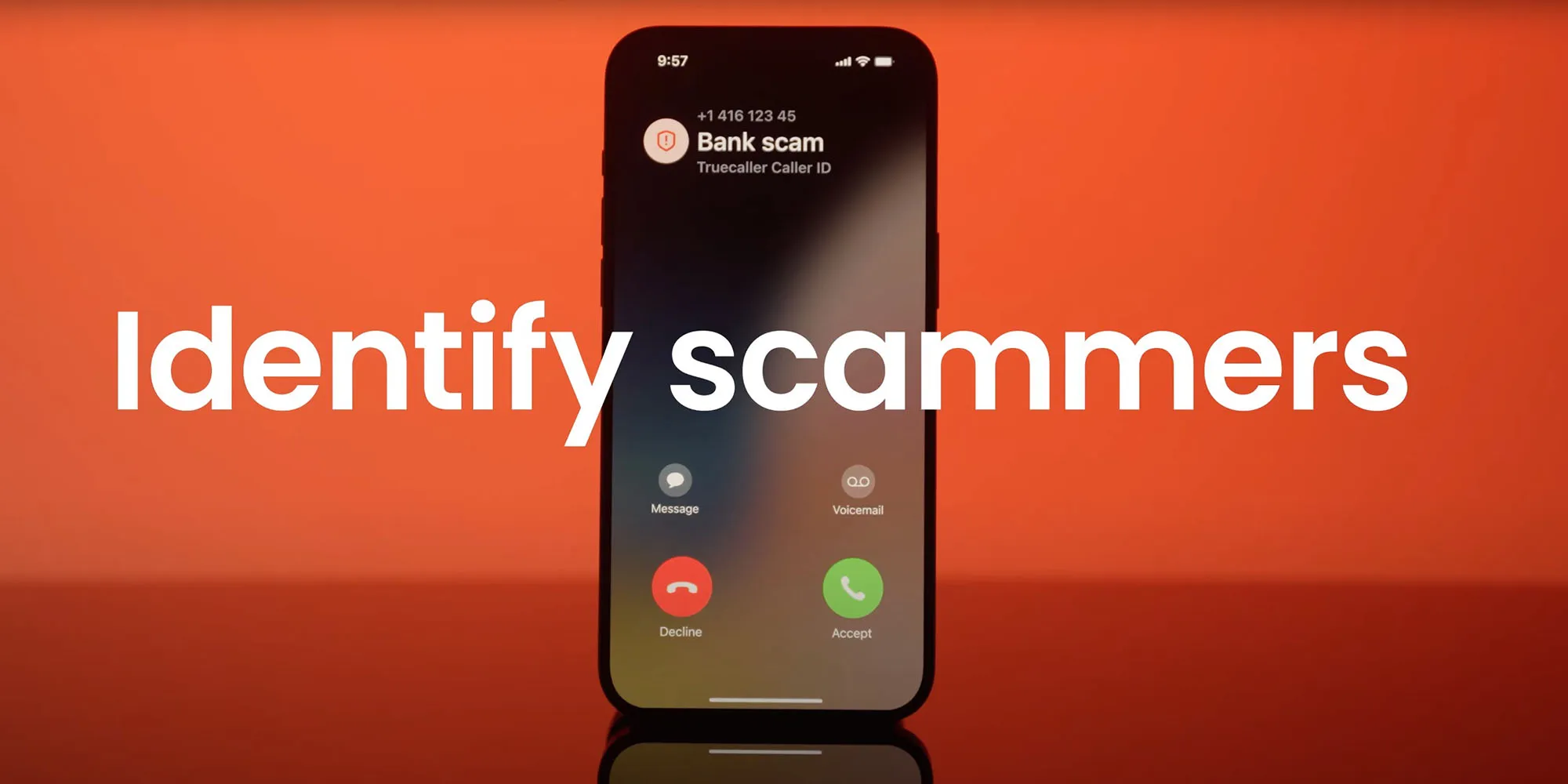The world of smartphone photography is in constant flux, with manufacturers continually pushing the boundaries of what’s possible within the confines of a pocket-sized device. While Android phones have been exploring the potential of variable aperture technology for some time, rumors are swirling that Apple is poised to make a significant leap in this area with the anticipated iPhone 18 Pro. This move could redefine mobile photography, offering users an unprecedented level of control and creative flexibility.
A Delayed but Anticipated Arrival: The Journey to Variable Aperture
Industry analyst Ming-Chi Kuo, a reliable source for Apple-related information, has suggested that variable aperture will debut in the iPhone 18 Pro, and presumably the Pro Max variant. Interestingly, initial whispers indicated that this feature might arrive with the iPhone 17. However, if Kuo’s insights prove accurate, Apple enthusiasts eager for this advanced camera capability will have to exercise a bit more patience. This delay, however, could signal a more refined and integrated approach to the technology.
The supply chain for this potential upgrade is also generating interest. Kuo’s report suggests that Sunny Optical is slated to be the primary supplier for the crucial shutter component. Luxshare is expected to provide secondary support for the lens assembly, while BE Semiconductor Industries is reportedly tasked with supplying the specialized equipment necessary for manufacturing these advanced components. This collaboration between key players in the tech industry underscores the complexity and sophistication of integrating variable aperture into a smartphone camera system.
Strategic Timing: Why the iPhone 18 Pro Makes Sense
While the delay might disappoint some, the decision to introduce variable aperture with the iPhone 18 Pro could be a strategic move by Apple. The recent introduction of a dedicated Action button across the iPhone 15 lineup, a significant hardware change, already enhanced the camera experience by providing a physical shutter button, a quick launch shortcut for the camera app, and on-the-fly adjustments for certain camera settings. Implementing variable aperture alongside this new hardware would have been a massive change, potentially overwhelming users. Spacing out these innovations allows users to acclimate to each new feature and appreciate its full potential.
This phased approach also allows Apple to thoroughly refine the technology and integrate it seamlessly into its existing camera software. The iPhone 16 series also brought significant camera upgrades, further solidifying Apple’s commitment to mobile photography. Introducing variable aperture in the iPhone 18 Pro allows Apple to build upon these previous advancements, creating a more cohesive and powerful camera experience.
Understanding the Significance of Variable Aperture
For those unfamiliar with the intricacies of camera lenses, aperture refers to the opening in the lens that controls the amount of light reaching the camera sensor. This opening is measured in f-stops (e.g., f/1.4, f/1.8, f/2.8). A lower f-number indicates a wider aperture, allowing more light to enter the sensor. Conversely, a higher f-number signifies a narrower aperture, restricting the amount of light.
The size of the aperture has a profound impact on several aspects of a photograph. A wider aperture (smaller f-number) is ideal in low-light conditions, enabling the camera to capture brighter images without relying on flash, increasing exposure time, or boosting ISO, all of which can introduce unwanted noise or blur. Additionally, a wider aperture creates a shallow depth of field, blurring the background and isolating the subject, a technique often used in portrait photography.
A narrower aperture (larger f-number), on the other hand, is generally preferred for landscape photography where a greater depth of field is desired, ensuring that both foreground and background elements are in sharp focus.9 It’s also beneficial in bright lighting conditions to prevent overexposure.
Empowering Mobile Photographers: The Potential Impact
The potential inclusion of variable aperture in the iPhone 18 Pro holds immense promise for mobile photographers. Currently, iPhone users seeking more granular control over aperture settings often resort to third-party apps. While these apps can provide some level of control, they don’t offer the same seamless integration and optimization as a native feature within Apple’s Camera app.
By integrating variable aperture directly into the iPhone’s camera system, Apple would empower users with a level of creative control previously unavailable on iPhones. This would allow for greater flexibility in various shooting scenarios, from capturing stunning portraits with beautifully blurred backgrounds to capturing expansive landscapes with edge-to-edge sharpness. It would also enhance the iPhone’s low-light capabilities, allowing for cleaner and more detailed images in challenging lighting conditions.
The introduction of variable aperture in the iPhone 18 Pro represents more than just a technological upgrade; it signifies a shift towards a more professional and versatile mobile photography experience. It marks a significant step in the ongoing evolution of smartphone cameras, blurring the lines between dedicated cameras and the devices we carry in our pockets every day. As we anticipate the arrival of the iPhone 18 Pro, the prospect of variable aperture is undoubtedly one of the most exciting developments in the world of mobile photography.
Source






